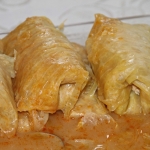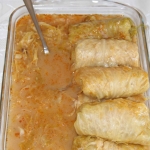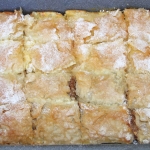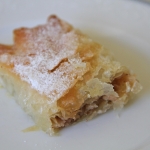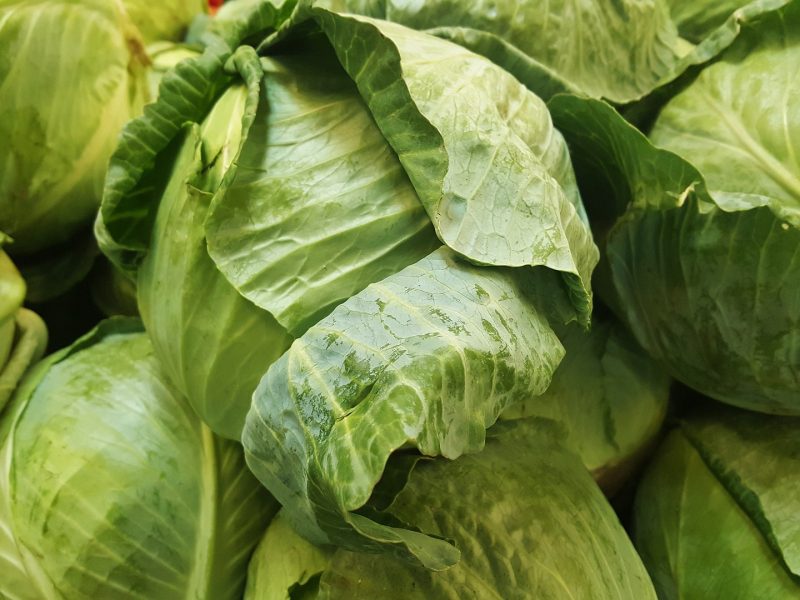In many parts of the interior of Croatia it is a custom to make your own sauerkraut! It is delicious and healthy and no way that you can compare it to the ones you buy in the stores. To conserve cabbages they are fermented and can be stored for some time, by the time they are harvested and fermented it is around Christmas and New Year. So a traditional dish for new year is made with sauerkraut.
It is not that difficult to make, it’s just that nowadays we go for practical and quick meals. In the winter months people in Croatia like to eat sauerkraut made as ‘sarma’, which are cabbage leaves filled with minced meat cooked with sauerkraut and served with mashed potatoes. Another way to eat sauerkraut is with ‘buncek’ pigs leg, it sounds maybe a little ‘wild’ but it’s not. The meat around the pigs leg is deliciously soft with a nice flavour.
Besides the fact that it’s delicious it has been proven to be also very healthy as fermented vegetables contain many vitamins and minerals.
What is fermentation?
Fermentation is a natural process where in a oxygen free environment nature can do its thing, without the need to add anything but salt and maybe some spices. Fresh vegetables contain enzymes and bacteria (lacto bacilli) which allows them to break down, as the vegetable ripens it undergoes an enzymatic process. The enzymes digests the vegetable, when this is done in an oxygen free environment and you end up with fermented cabbage – sauerkraut. Of course this process takes some time (a few weeks). First the sliced cabbage needs to be in a warm environment to get the bacteria and enzymes started, after a few days you move your pot to a cooler place. I can’t say that is smells very nice, but that’s the thing with cabbages! There you let the process continue for about 3 weeks and you will have delicious soft natural home-made sauerkraut!
How to make sauerkrautLike I said it is not that difficult, you just need a place for it and it takes a few weeks for the cabbage to ferment into sauerkraut. By then you have a lot of healthy sauerkraut that will last you some time, great with sausages and as a cold salad.
- You will need about 10-15 big nice green cabbages, remove the outer leaves and heart and wash them
- Take a large wooden plank and knife and slice the cabbage in very small slices
- Take a clean (non-metal) sturdy bin or pot and spread a layer of shredded cabbage on the bottom (about 10cm), add salt, bay leaves and maybe some cumin seeds
- Stamp the cabbage with something heavy until the juices form the cabbage come free
- Add another layer of shredded cabbage, salt, bay leaves and additional spices and stamp, do this until all cabbage is used and the cabbage is soaked in it’s own fluids
- Now you have to cover up the cabbage in the pot in an airtight way. Now you have to close the pot with This can be done with a sturdy plastic bag in which you put heavy stones and pour water in, or use wooden planks on which you place some heavy stones
- Now you put the pot in a warm place for about a week, if you have plastic pot you can see bubble appearing which means the fermenting process is underway
- Then you place the pot in a cooler place and after about 3 weeks you sauerkraut is ready to eat. You do have to clean the lid with which you close the pot regularly
Try the recipe for Croatian sarma:
Recipe for Croatian filled sauerkraut rolls ‘Sarma’
‘Sarma’ is the most popular winter dish in Croatia and traditionally eaten on new years day.
Don’t forget to take a delicious sweet desert, like apple strudel and home-made cookies!

